|
Would you like to test something in a wind tunnel? Or do you want to understand a report coming to your hands and check it somehow? Because you already know that your copy of the building code is not directly applicable to your problem with that “flying” structure, don’t you?!!! Never think you will use something that looks like your structure and so with some wind blows out and you will calculate your structural needs since you will not find anything there… Well, you can do it yourself but you have to know these “six essentials” and thus you will get the real numbers that are already in there. 1. SCALE IT DOWN: you need to make your miniature version which is what you need to fit in the test section. It should be identical to the real thing and all of the surroundings have to be shrunk down to match as well, if your problem requires it so. For instance if you're looking at wind loads on solar panels on the roof of a building you have to put the building in there (for instance, Burj Khalifa, inspired on Hymenocallis flower). 2. BLOCKAGE: But how much do you think it should be down? If you shrink it down just enough to fit in test chamber and you fill the test section completely with your scale model… the air is not going to have any chance to go around the object and for sure you will get the wrong answer out. So that is called blockage and you should to avoid it. Anyway, make sure that the blockage is less than 8%. 3. REYNOLDS number: How “big” the detail is going to be? Anything really little will not have any influence on the results; and if you want to get the right effect of some particular geometry, you will need the model to fit the ratio of inertial and viscous forces. You are typically going to test about 40 km per hour, so you need to go faster than that, otherwise no new information will come out. Testing at that speed, your little feature has to be bigger than about 3 mm! 4. BOUNDARY LAYER: Let’s talk about the wind itself; it should be scaled as well. You need to make the wind many times smaller. The rate at which the wind speed increases as you go up above the surface of the earth should be such times faster. 5. GUSTS & TURBULENCE: This is related to the latter. This has to do with the gusts of the wind (opposite to the tests done in a smooth flow). If your structure is immersed in a boundary layer there will be swirling winds gusting around. Those gusts need also to be scaled to match the structure, so they are going to happen many times faster and to be such times smaller than the real wind that you feel when you go outside. 6. MEASUREMENTS: You should make sure that you are taking the right kind of measurements, that the instrumentation is adequate for the task. For instance, if you are interested in the peak measuring, average wind forces at average wind speeds is probably not adequate, because you would need to get the varying wind loads and wind forces. You must be also aware of the longitudinal pressure gradient in the test section. There may be some other things to taking into account but this is a good start for looking at a wind tunnel test and ensuring that it is adequate. Beside there are many types of wind tunnel tests. All of this is just a little bit extended version of the well known “mantra”: geometric, kinematic and dynamic similarity!!!
And there is one more thing: keep practice, be patience and make it passionately! References: - ASCE 7: Minimum Design Loads for Buildings and Other Structures. - David Banks, CPP. - Antonio Navarro-Manso, Lectures at University of Oviedo.
0 Comments
Leave a Reply. |
Feedwe
Just some flashes about aerodynamics and wind engineering... Categories
All
Archives |
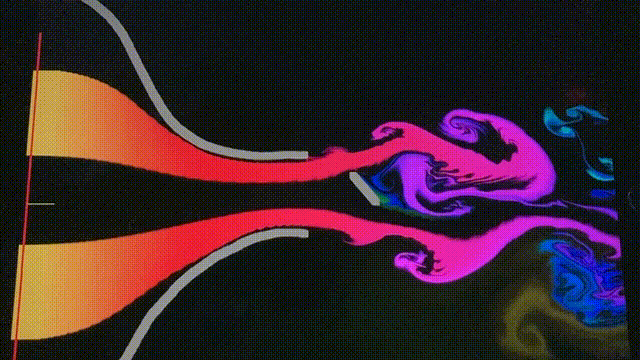
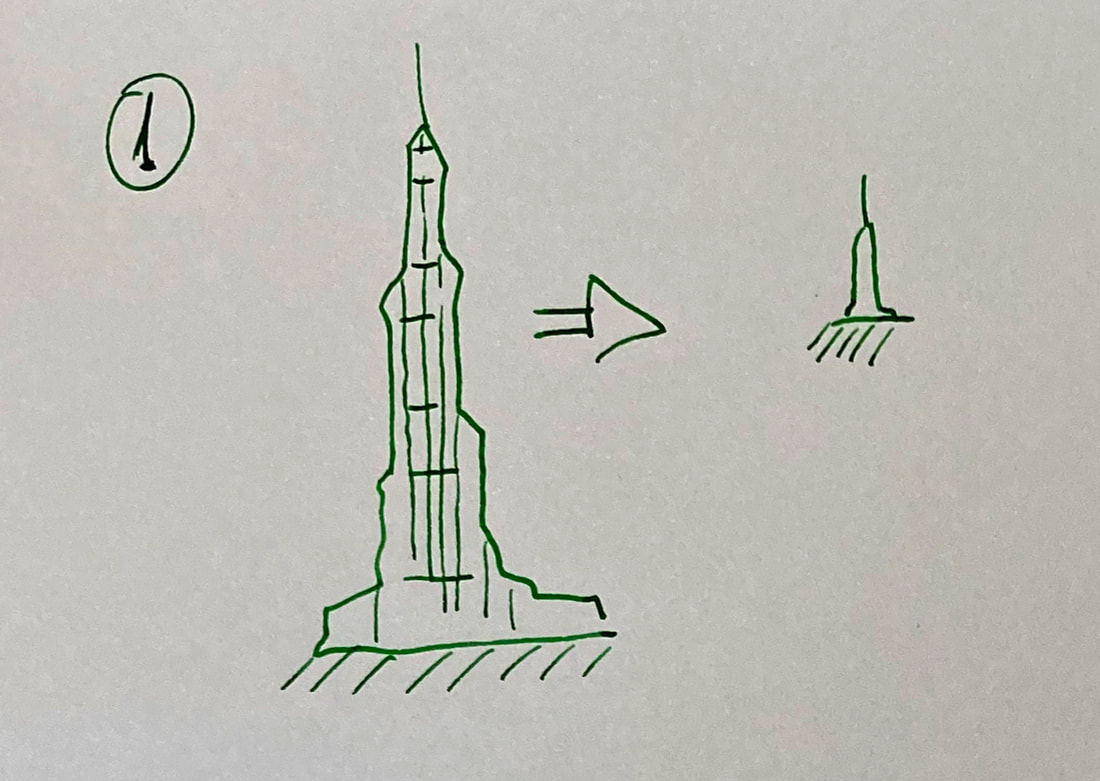
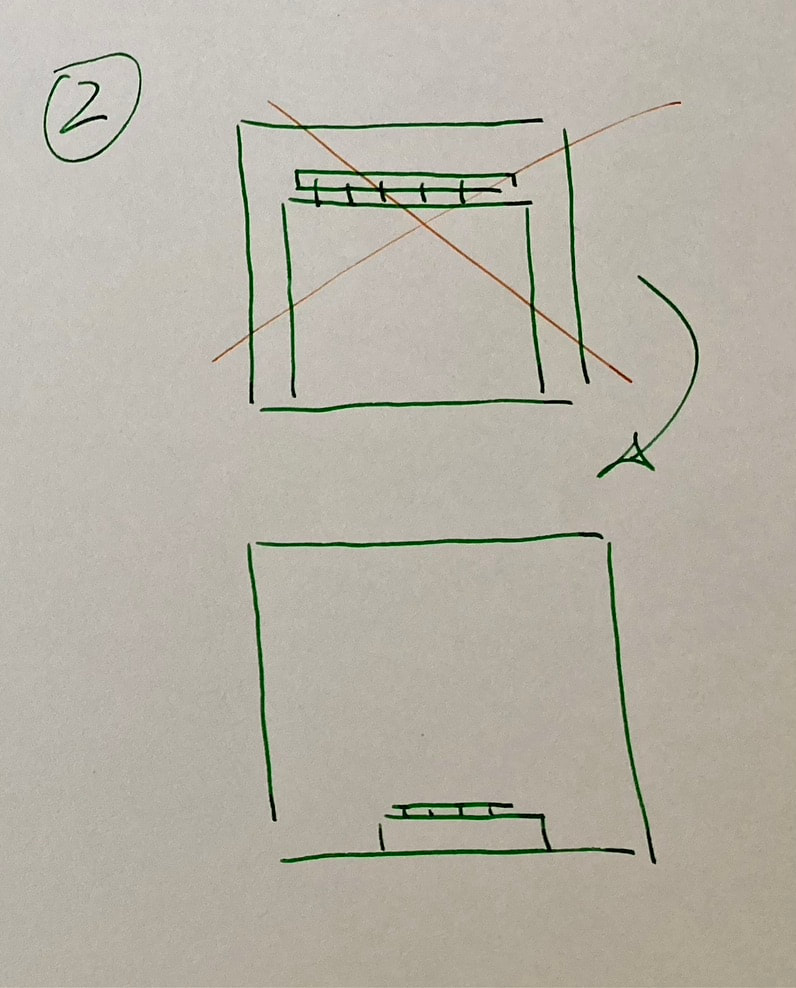
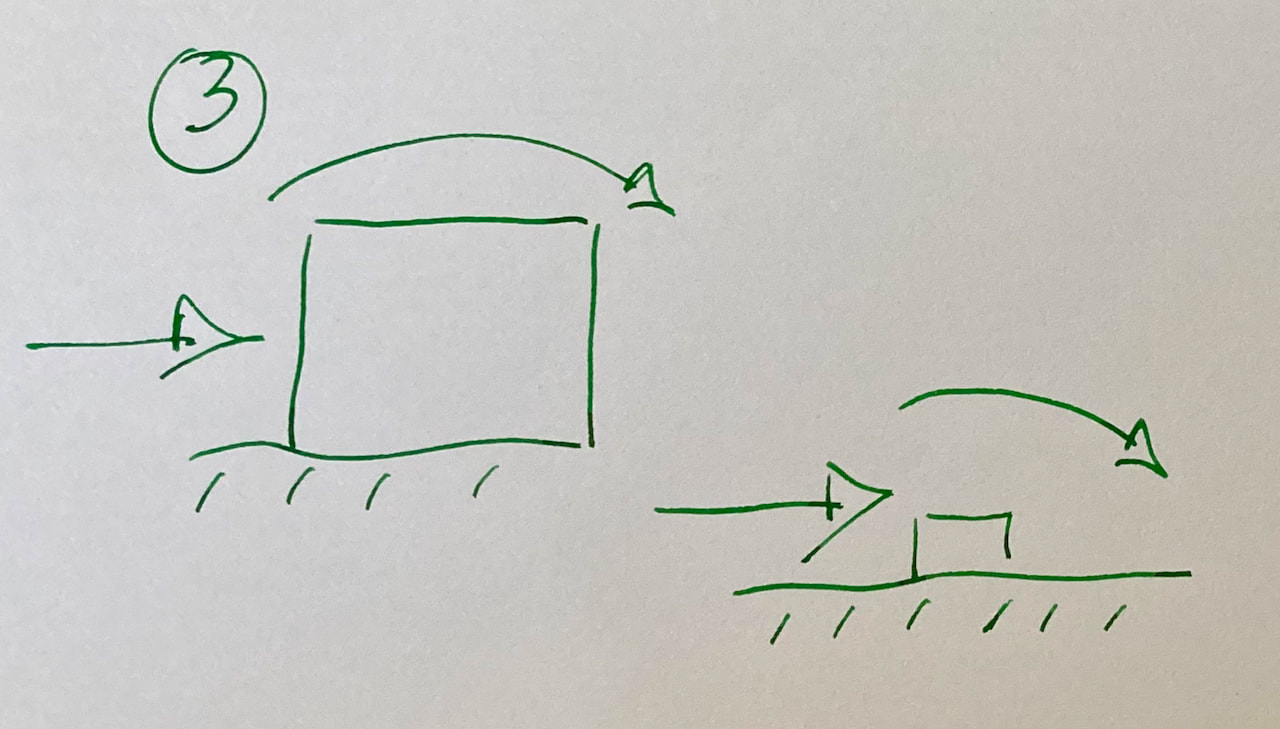
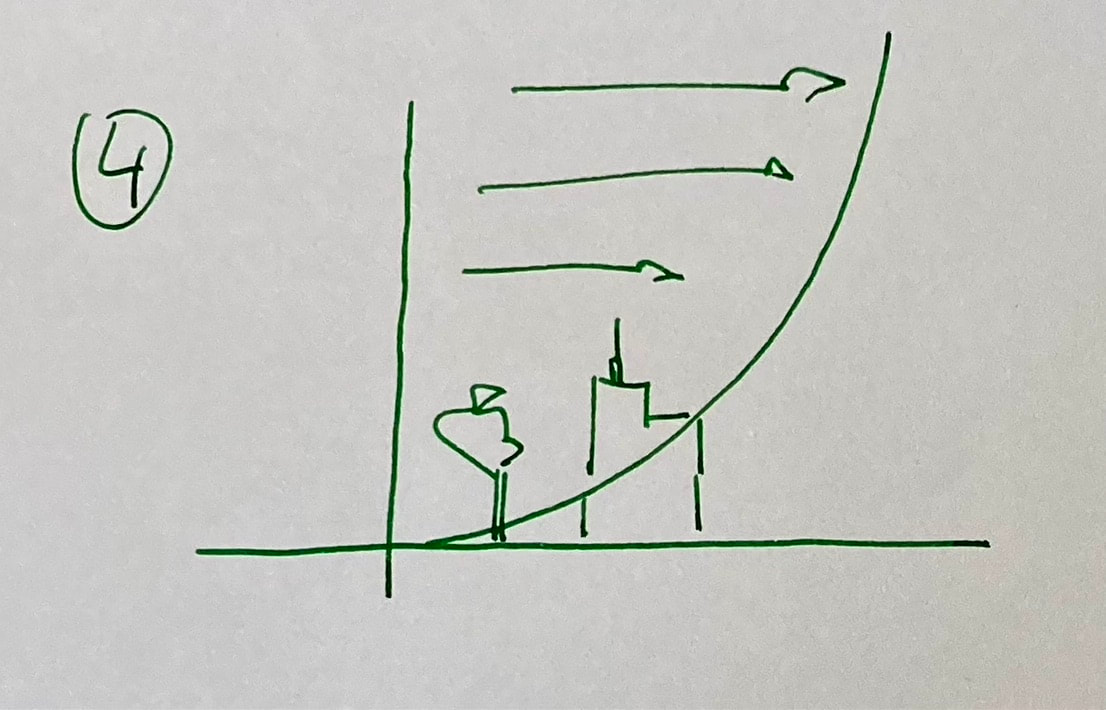
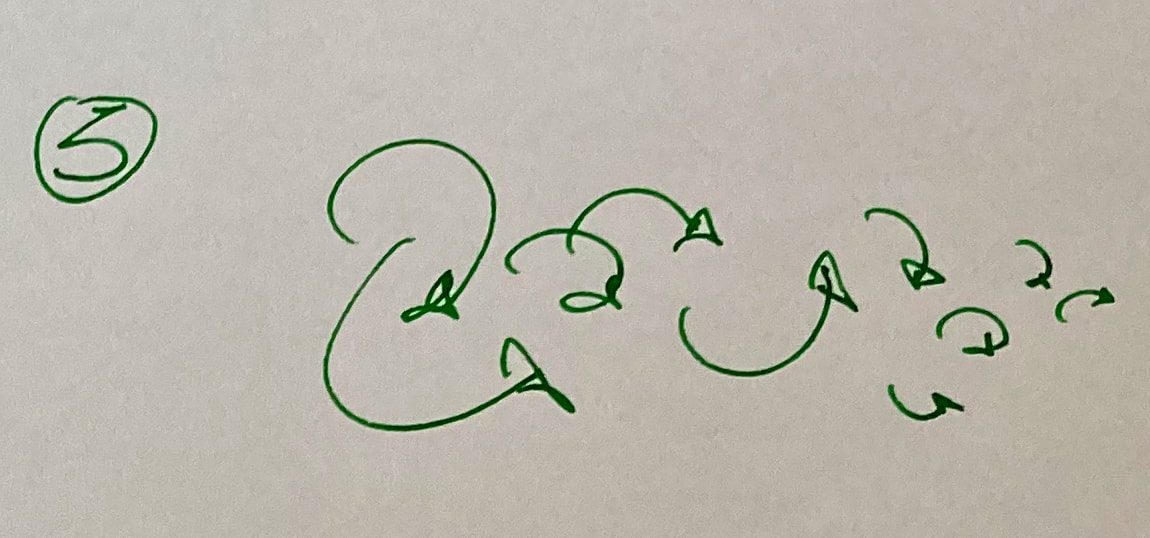
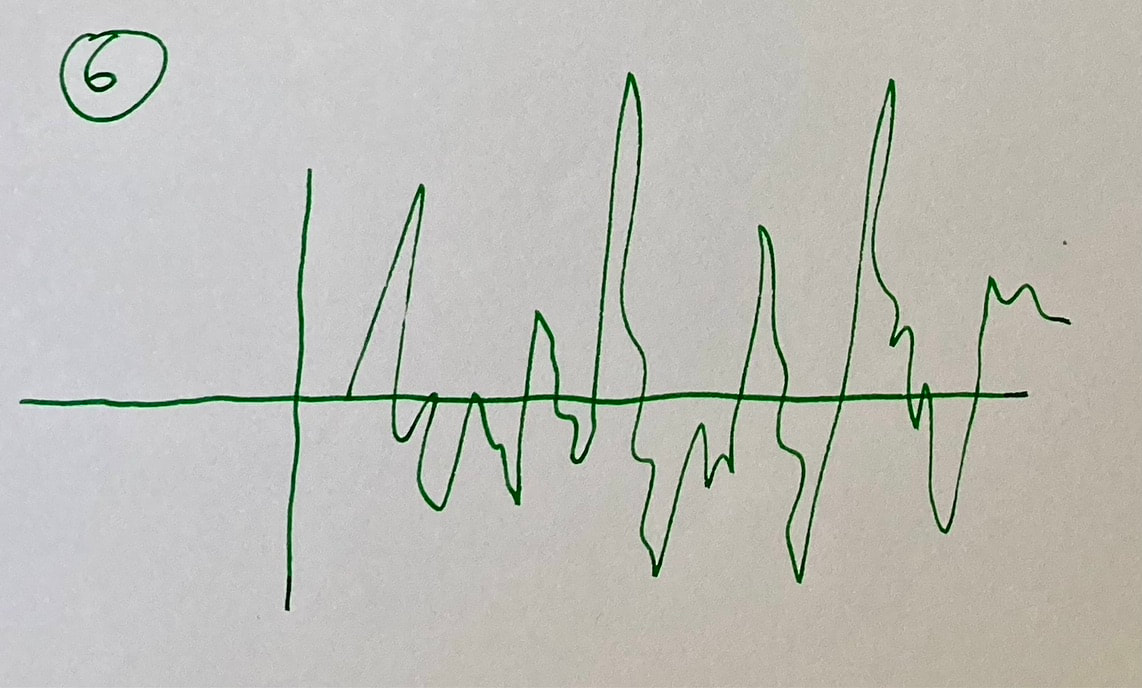

 RSS Feed
RSS Feed
